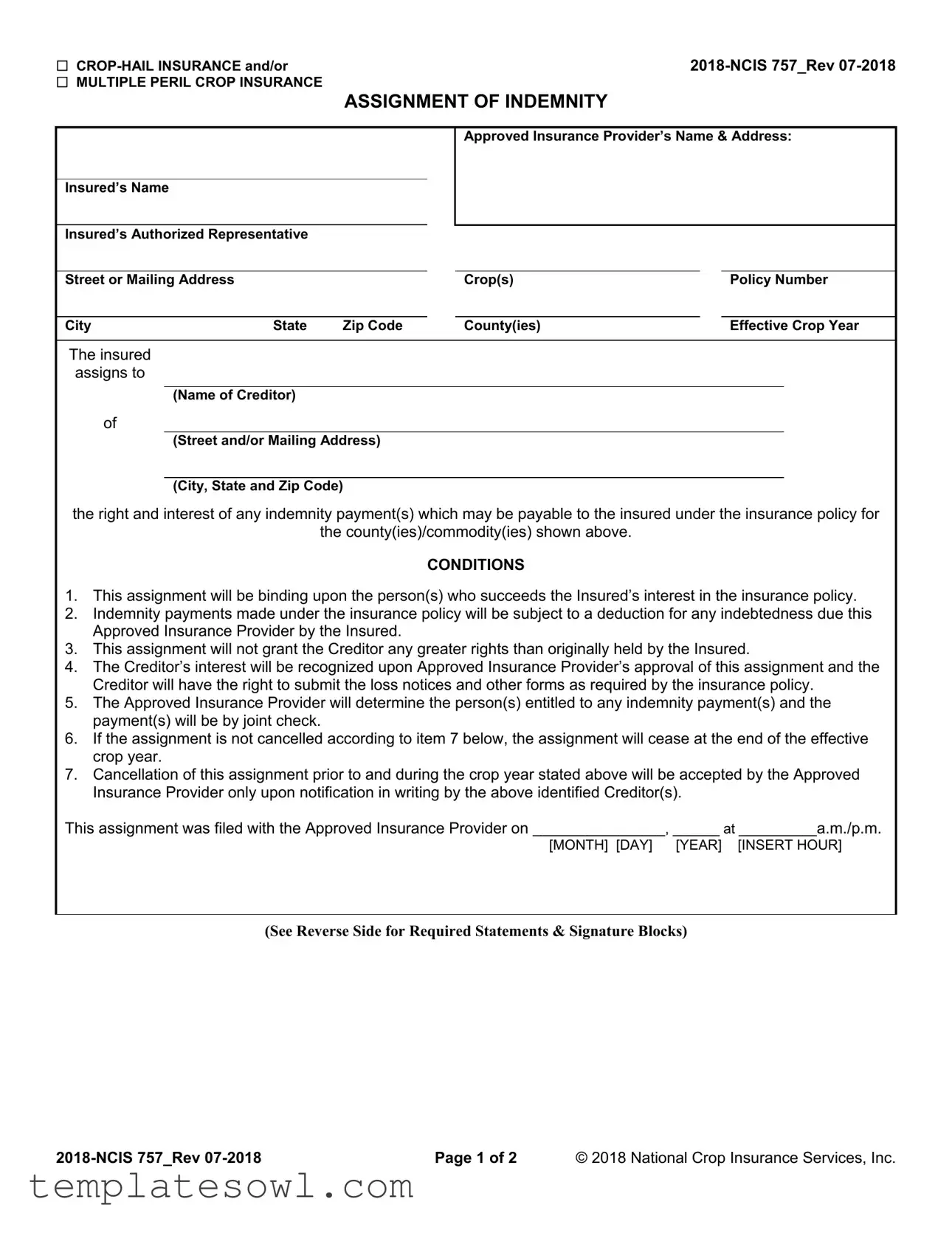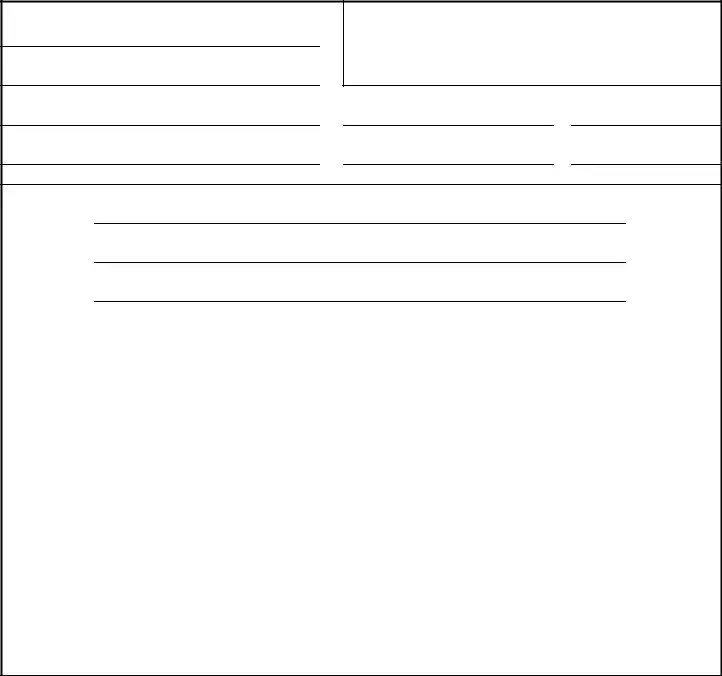COLLECTION OF INFORMATION AND DATA (PRIVACY ACT) STATEMENT
Agents, Loss Adjusters and Policyholders
The following statements are made in accordance with the Privacy Act of 1974 (5 U.S.C. 552a): The Risk Management Agency (RMA) is authorized by the Federal Crop Insurance Act (7 U.S.C. 1501-1524) or other Acts, and the regulations promulgated thereunder, to solicit the information requested on documents established by RMA or by approved insurance providers (AIPs) that have been approved by the Federal Crop Insurance Corporation (FCIC) to deliver Federal crop insurance. The information is necessary for AIPs and RMA to operate the Federal crop insurance program, determine program eligibility, conduct statistical analysis, and ensure program integrity. Information provided herein may be furnished to other Federal, State, or local agencies, as required or permitted by law, law enforcement agencies, courts or adjudicative bodies, foreign agencies, magistrate, administrative tribunal, AIP’s contractors and cooperators, Comprehensive Information Management System (CIMS), congressional offices, or entities under contract with RMA. For insurance agents, certain information may also be disclosed to the public to assist interested individuals in locating agents in a particular area. Disclosure of the information requested is voluntary. However, failure to correctly report the requested information may result in the rejection of this document by the AIP or RMA in accordance with the Standard Reinsurance Agreement between the AIP and FCIC, Federal regulations, or RMA-approved procedures and the denial of program eligibility or benefits derived therefrom. Also, failure to provide true and correct information may result in civil suit or criminal prosecution and the assessment of penalties or pursuit of other remedies.
NONDISCRIMINATION STATEMENT
In accordance with Federal law and U.S. Department of Agriculture (USDA) civil rights regulations and policies, the USDA, its Agencies, offices, and employees, and institutions participating in or administering USDA programs are prohibited from discriminating on the basis of race, color, national origin, religion, sex, gender identity (including gender expression), sexual orientation, disability, age, marital status, family/parental status, income derived from a public assistance program, political beliefs, or reprisal or retaliation for prior civil rights activity, in any program or activity conducted or funded by USDA (not all bases apply to all programs).
To File a Program Complaint
If you wish to file a Civil Rights program complaint of discrimination, complete the USDA Program Discrimination Complaint Form, found online at https://www.ascr.usda.gov/ad-3027-usda-program-discrimination-complaint-form, or at any USDA office, or call (866) 632-9992 to request the form. You may also write a letter containing all of the information requested in the form. Send your completed complaint form or letter by mail to the U.S. Department of Agriculture, Office of the Assistant Secretary for Civil Rights, 1400 Independence Avenue, S.W., Washington, D.C. 20250-9410 or email at program.intake@usda.gov.
Persons with Disabilities
Persons with disabilities who require alternative means of communication for program information (e.g., Braille, large print, audiotape, American Sign Language, etc.) should contact the responsible State or local Agency that administers the program or USDA's TARGET Center at (202) 720-2600 (voice and TTY) or contact USDA through the Federal Relay Service at (800) 877-8339. Additionally, program information may be made available in languages other than English.
Persons with disabilities, who wish to file a program complaint, please see information above on how to contact the Department by mail directly or by email.
It is understood and agreed that this assignment will be subject to the terms and conditions of the insurance policy.


